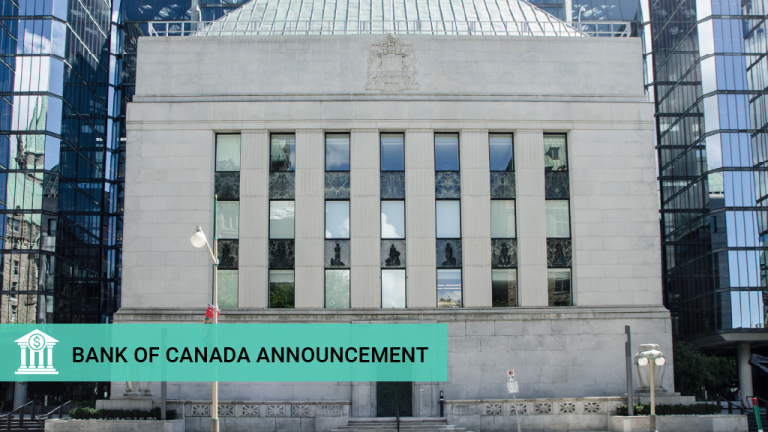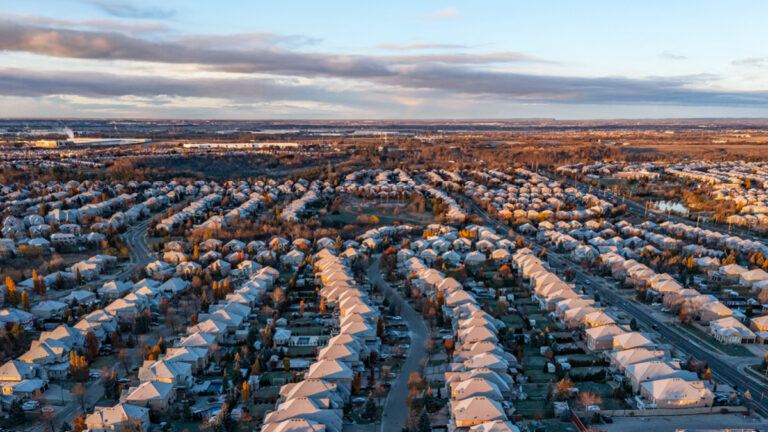
The federal election, tariff turbulence and mixed economic signals dominated headlines during the spring and first weeks of summer of 2025. Faced with growing uncertainty, many homebuyers across Canada hit pause, choosing to delay major decisions until clearer signs of stability emerged.
According to the Royal LePage® House Price Survey and Market Forecast released today, the aggregate1 home price in Canada eased upwards modestly in the second quarter of 2025, increasing 0.3% year over year to $826,400. On a quarter-over-quarter basis, the national aggregate home price decreased by 0.4%.
When broken out by housing type, the national median price of a single-family detached home increased 1.1% year over year to $870,200, while the median price of a condominium decreased 0.8% to $592,000. On a quarter-over-quarter basis, home prices continued to flatline, with the median price of a single-family detached home increasing just 0.2%, and the median price of a condominium decreasing a modest 1.0%.
The start of the spring market – typically one of the busiest times of year for home buying and selling – was noticeably subdued in several regions this year, namely in Toronto and Vancouver, two of the country’s largest and most expensive markets. Amid global political and economic uncertainty, many homebuyers continued to take a cautious, wait-and-see approach. The Bank of Canada also held back, maintaining its overnight lending rate at 2.75% during its scheduled April and June announcements, citing the need to “gain more information about both the path forward for U.S. tariffs and their impacts.”2 Sellers, on the other hand, continue to actively list their homes for sale despite lower than normal activity.
“Homebuyers approached the start of the 2025 spring market with hesitation, dampening what is typically the busiest season on the real estate calendar,” said Phil Soper, president and CEO of Royal LePage. “With trade disputes, a federal election, and international conflicts dominating headlines through the first half of the year, many prospective buyers chose to wait. Yet, market fundamentals remain sound; interest is strong while activity is subdued, reflecting the uncertainty weighing on consumer sentiment. Encouragingly, June’s robust employment report may help rebuild confidence and bring more buyers off the sidelines in the months ahead.”
According to a recent Royal LePage survey, conducted by Burson, 28% of Canadians who currently rent say that, before signing or renewing their current lease, they considered buying a property rather than renting.3 When asked what factors influenced their decision to rent instead, 40% of respondents said they are choosing to wait for property prices to decline; 29% are choosing to wait for interest rates to decrease further; and 28% say they are working towards buying a property, and continuing to rent allows them to save for a sufficient down payment. Respondents could select more than one answer.
“With borrowing costs stable and inventory levels continuing to build, the foundation is in place for a stronger market this fall – and signs of renewed confidence are beginning to emerge,” noted Soper. “After a market slowdown, there’s always the risk that a sudden surge in demand could reignite uncomfortable levels of house price inflation. But, unlike previous cycles, inventory is higher than recent norms, which should help absorb returning demand and keep price appreciation in check. This makes for a healthier, more balanced recovery as buyers come back into the market.”
Canada’s regions see mixed spring results
The spring slowdown in activity was most evident in markets across Ontario and British Columbia, where rising inventory and stagnant demand have persisted for several months. Notably, activity began to pick up in the final weeks of the quarter – a break from the usual seasonal slowdown and an early signal that market momentum may be shifting.
“Canada has always been a ‘market of markets,’ and that reality is on full display in 2025,” said Soper. “Most regions saw modest year-over-year price growth this spring, with Quebec in particular outperforming other provinces, posting growing sales volumes and robust price appreciation. Cautious consumer sentiment in Toronto and Vancouver – the country’s most expensive housing markets – continued to weigh heavily on national average calculations in our second quarter report. Toronto posted a strong rebound in activity from mid-May through June, while sales activity in Vancouver stabilized in the final month of the quarter – early signs that confidence is returning. These conditions underscore the importance of interpreting national housing trends through a local lens.”
Read Royal LePage’s second quarter release for national and regional insights.
Second quarter press release highlights:
- Greater Montreal Area’s aggregate home price increased 3.5% year over year, while the greater Toronto and Vancouver markets recorded declines of 3.0% and 2.6%, respectively in the second quarter.
- 38 of the 64 cities in the report saw year-over-year prices rise or remain roughly flat, while 26 markets saw home prices decline – a majority of which are in the province of Ontario.
- For the fifth consecutive quarter, Quebec City leads the country in aggregate price appreciation, increasing 13.5% year over year in Q2.
- Royal LePage lowers its national year-end forecast modestly, with prices now expected to increase 3.5% in Q4 2025 over the same quarter last year.
1Aggregate prices are calculated using a weighted average of the median values of all housing types collected. Data is provided by RPS Real Property Solutions and includes both resale and new build.
2Bank of Canada holds key lending rate as uncertainty surrounds global economy, April 2025






